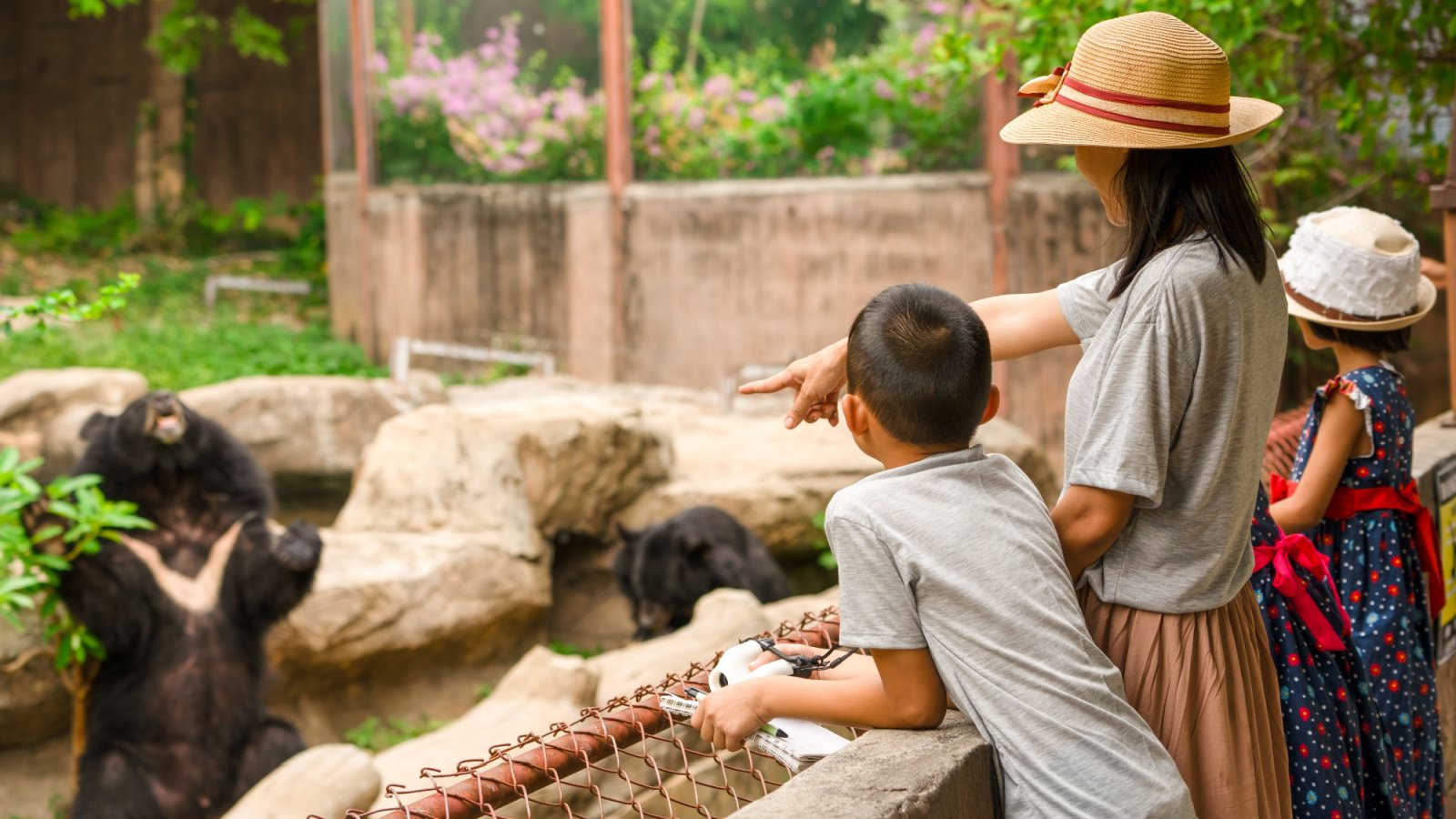Appearances can be deceiving, a truth nowhere more evident than in the animal kingdom. Some animals may look fearsome or unsettling, but their true natures are often gentle or shy. Let’s take a closer look at the surprisingly harmless creatures that frequently get a bad rap.
Vampire Bat
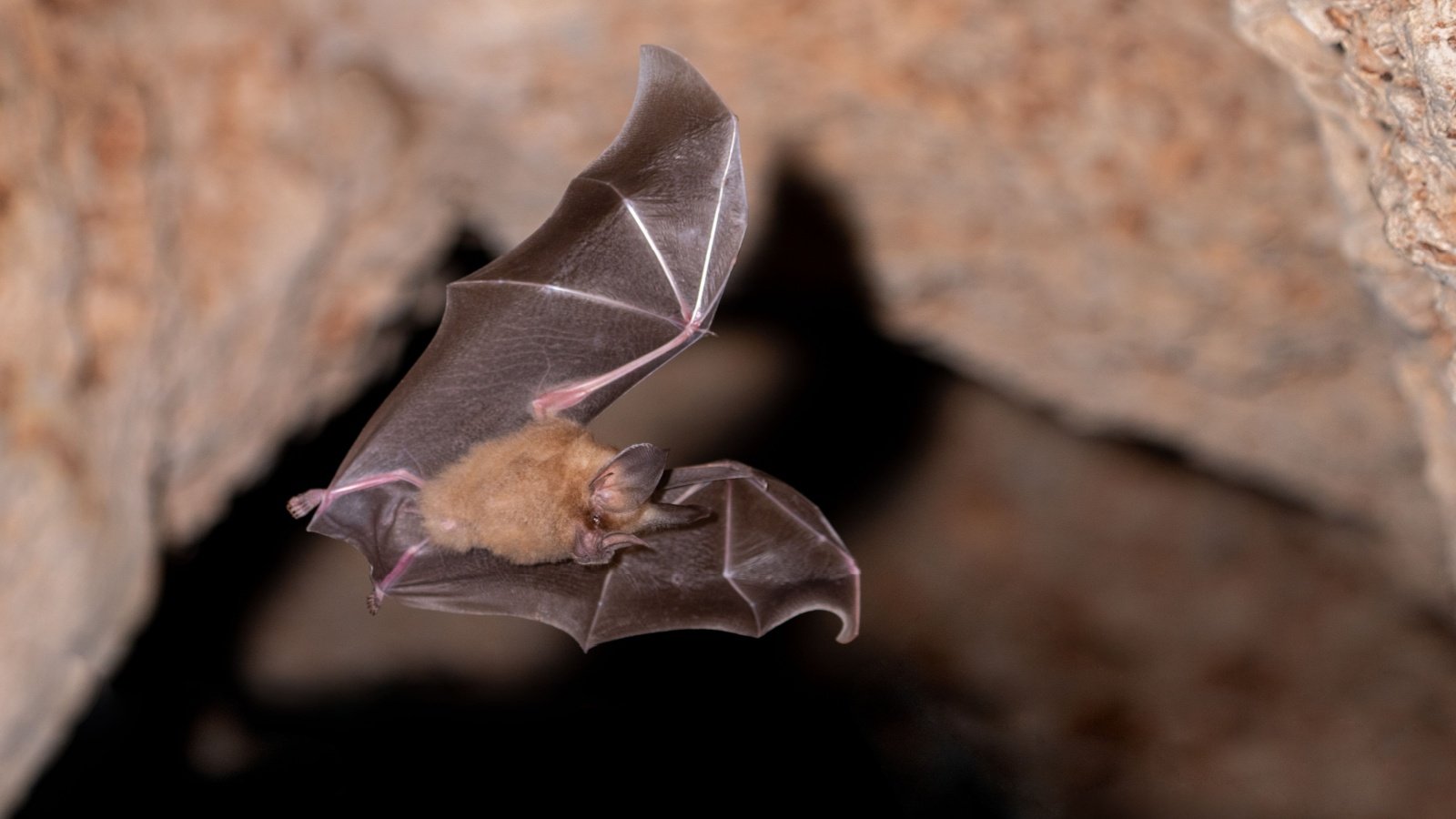
Vampire bats may conjure images of horror movies, but they are remarkably social and caring within their colonies. They are one of the few mammals known to share food with less fortunate peers, regurgitating blood to those who are hungry. Contrary to popular belief, they rarely attack humans and are critical for maintaining ecological balance.
Aye-Aye

Despite its eerie appearance, the aye-aye is a nocturnal creature native to Madagascar. Its elongated fingers are used not for sinister purposes but for tapping on trees to find insects. Often misunderstood, these primates are quite shy and gentle.
Goblin Shark
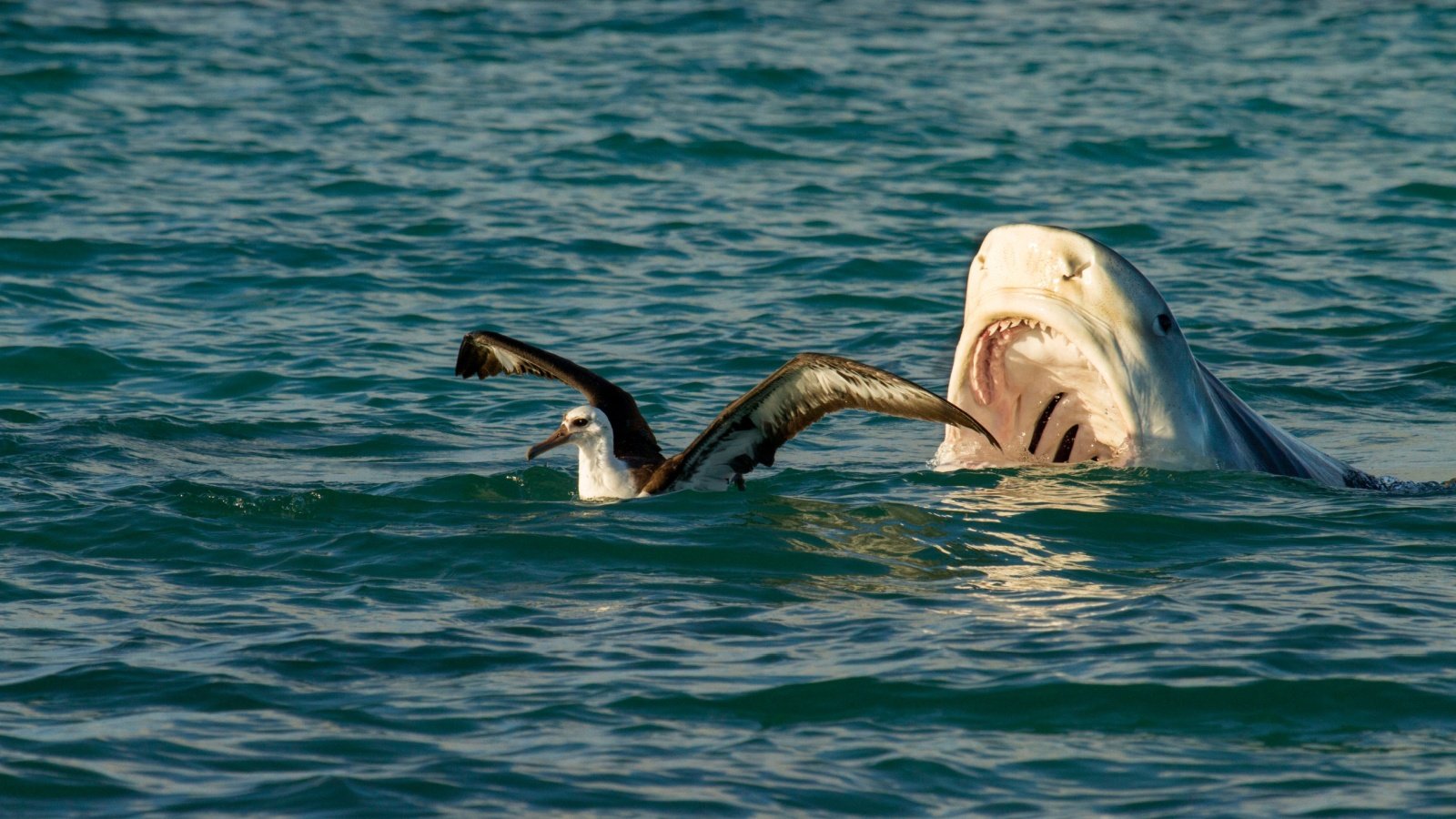
The goblin shark’s protruding snout and sharp teeth make it seem like a creature from the deep sea’s nightmares. However, this shark poses little threat to humans; it dwells in deep waters and feeds mainly on fish and squid. Its appearance is much more intimidating than its demeanor.
Naked Mole Rat
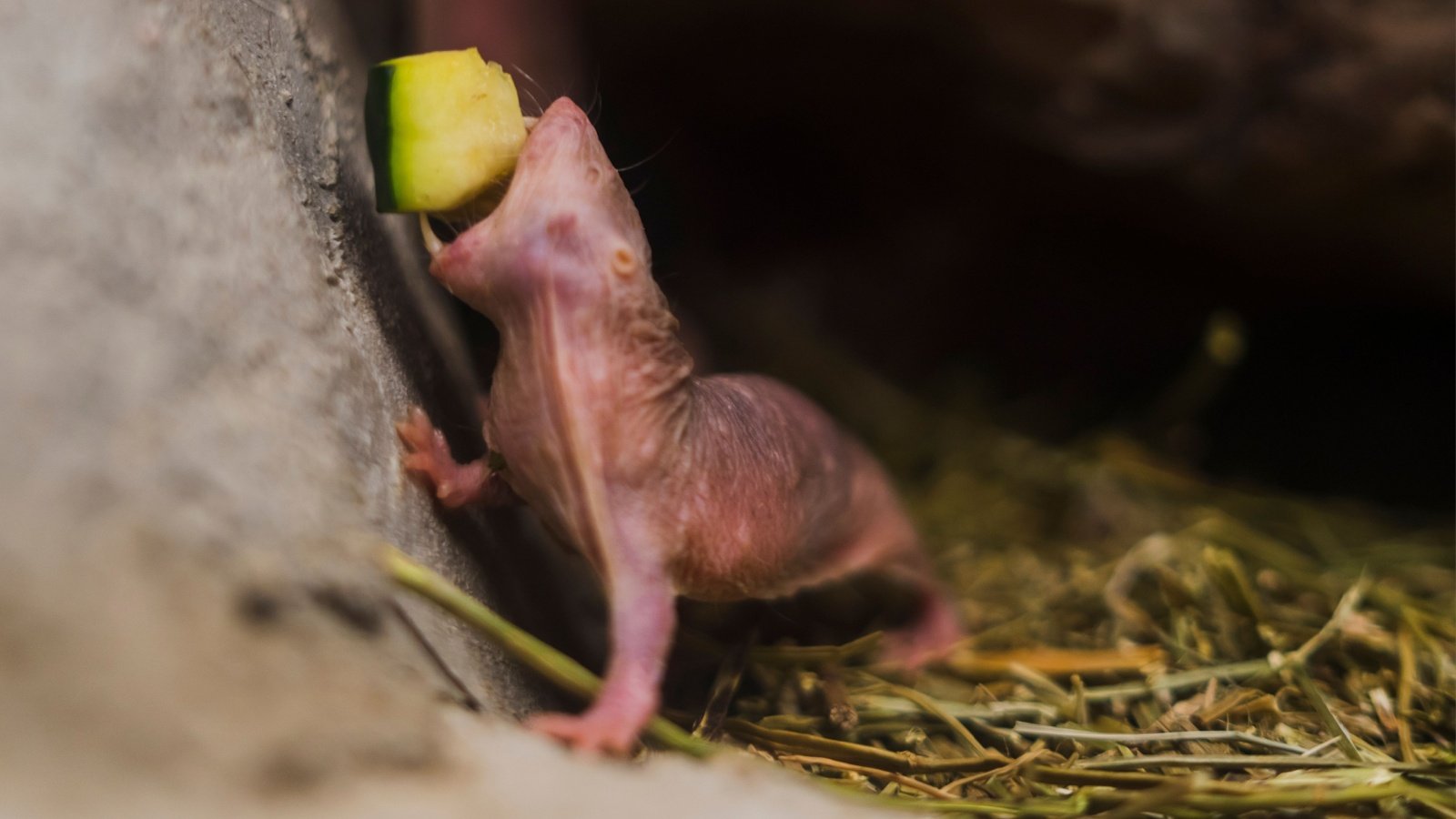
Naked mole rats, with their wrinkled skin and large teeth, may not win any beauty contests, but they have fascinatingly complex social structures. These subterranean animals are highly cooperative and live in colonies led by a queen, much like bees. Their behavior demonstrates intelligence and a caring community dynamic.
Goliath Birdeater
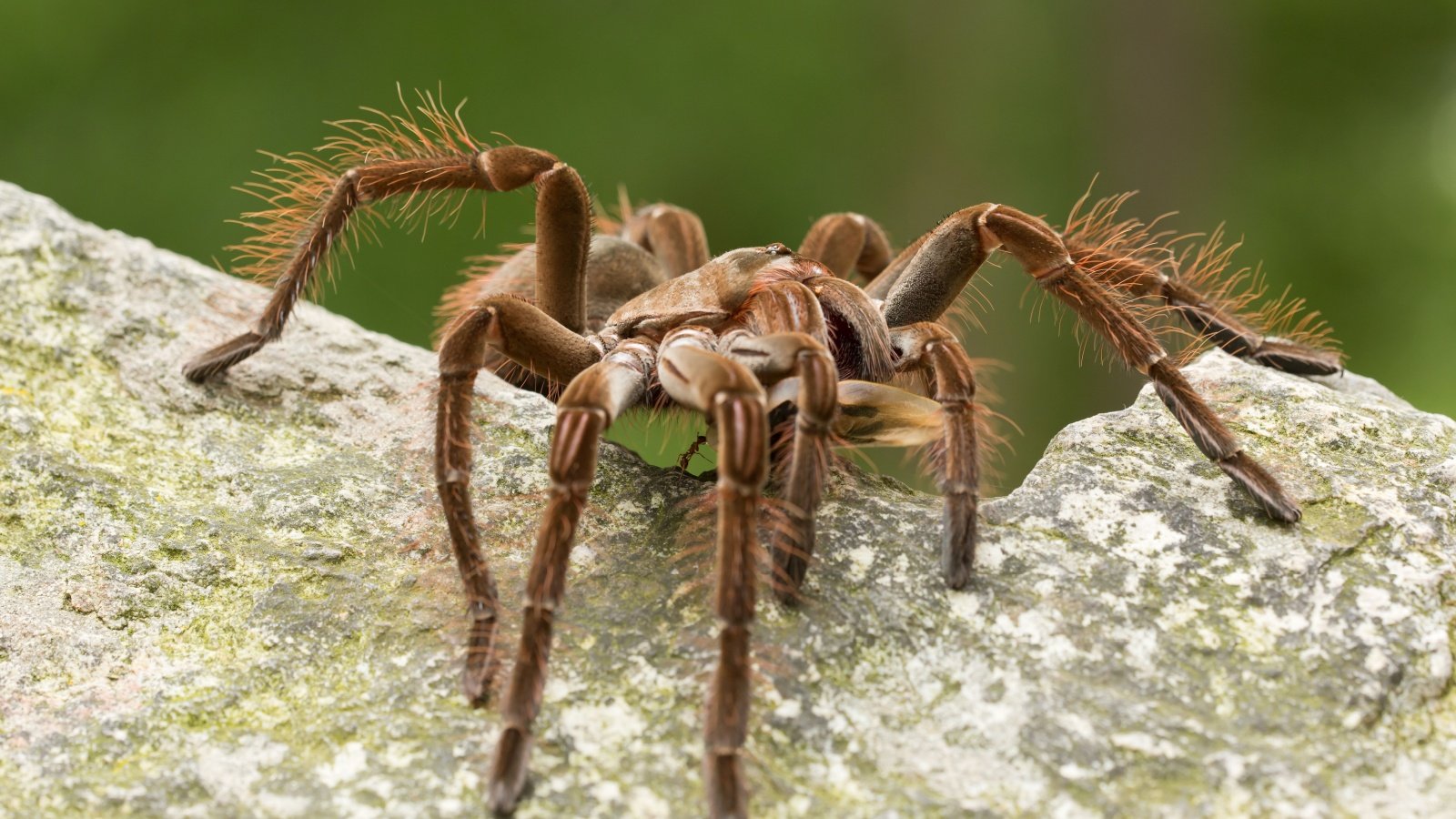
Despite its formidable name, the Goliath birdeater tarantula is not as dangerous as it sounds. This spider rarely bites humans, and its venom is relatively harmless. The largest spider by mass in the world prefers to retreat rather than attack when confronted.
Komodo Dragon
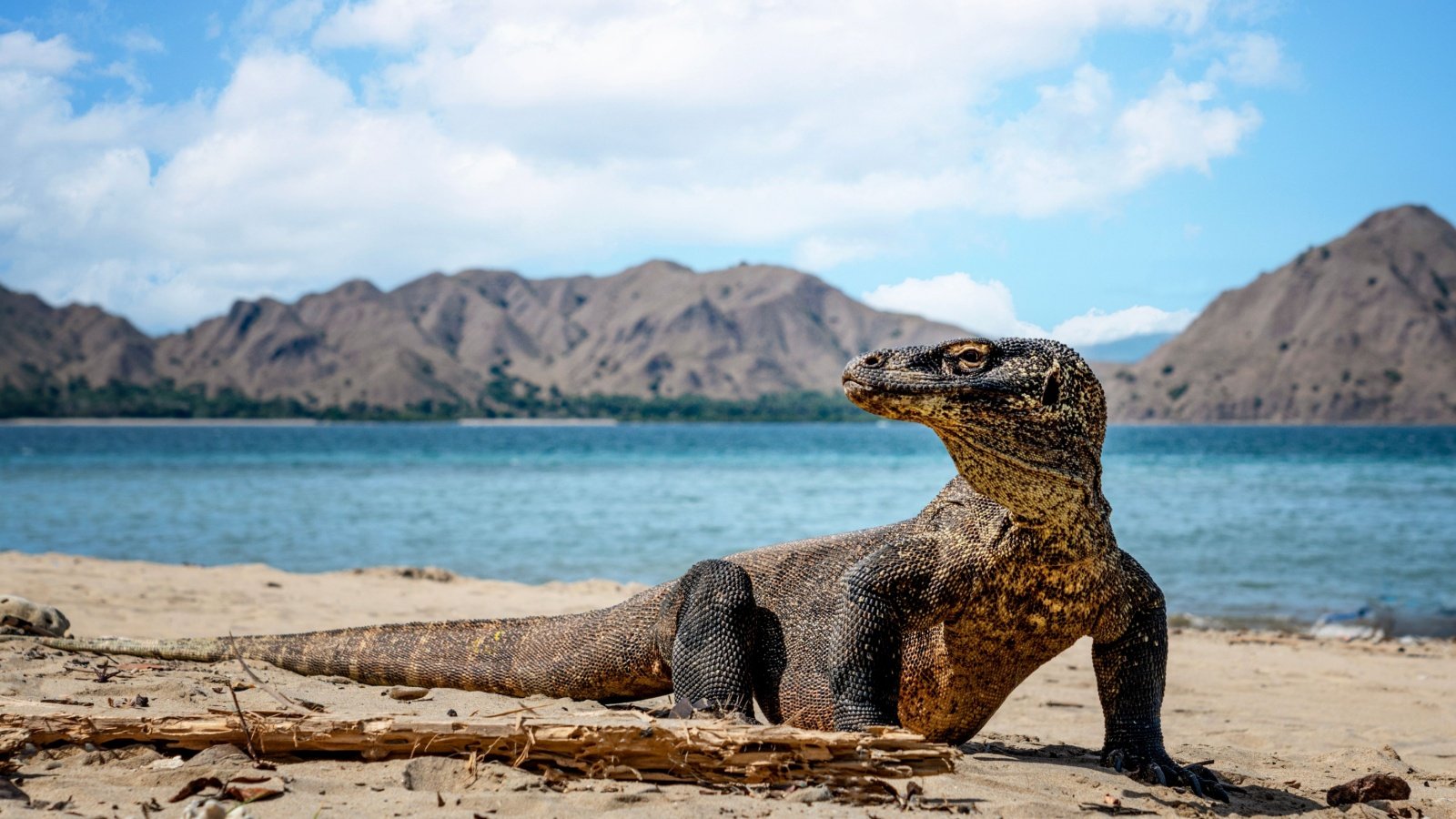
Komodo dragons may look fearsome with their massive size and muscular tails, but they are not naturally aggressive towards humans. These giant lizards primarily feed on carrion and are important scavengers in their ecosystem. Observers can safely watch them from a distance.
Tasmanian Devil
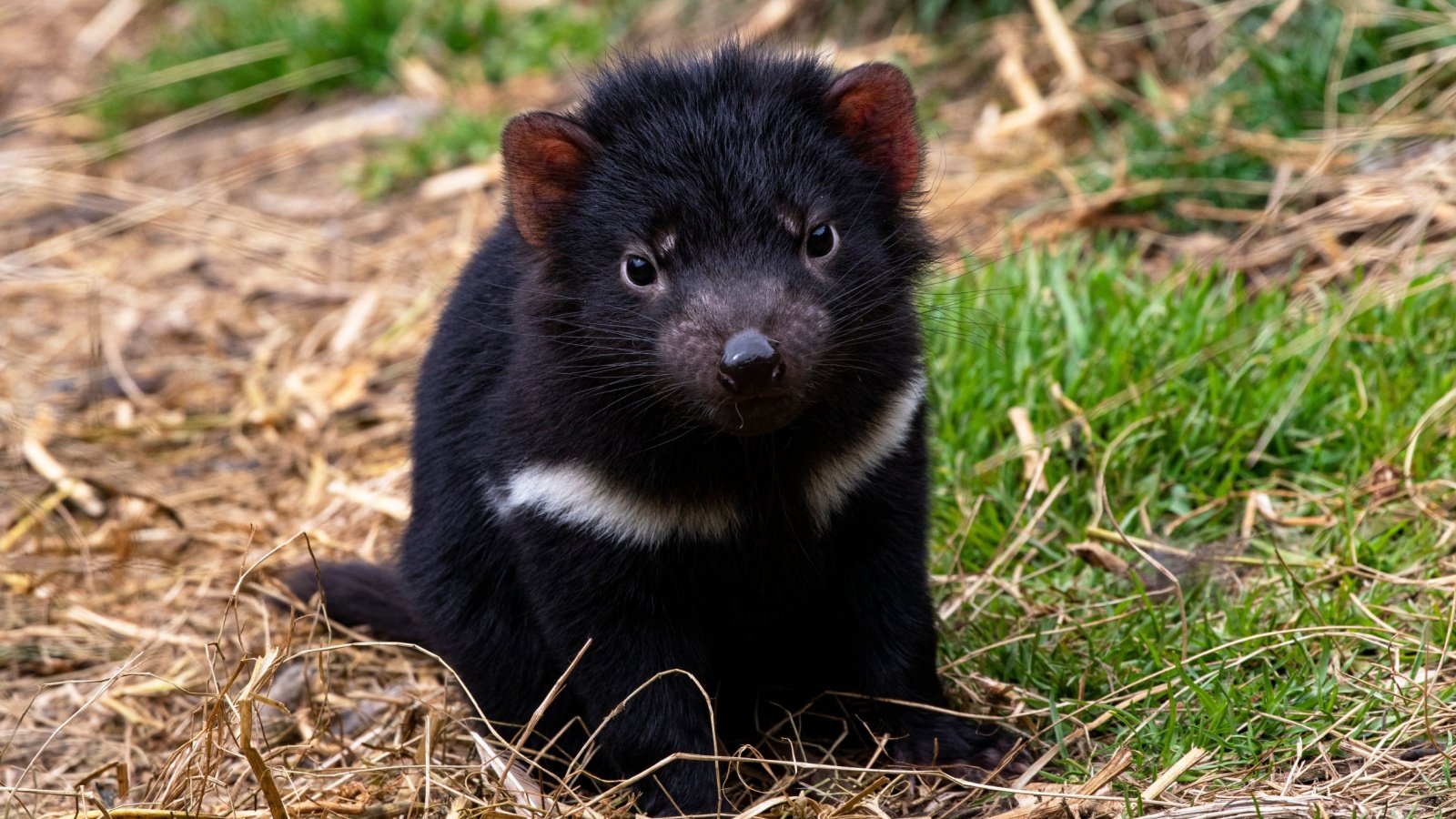
The Tasmanian devil’s ferocious growl and powerful bite might seem alarming, but these marsupials are generally not a threat to humans. They are scavengers that help keep their environment clean by consuming dead animals. They are typically indifferent to human presence.
Wolverine
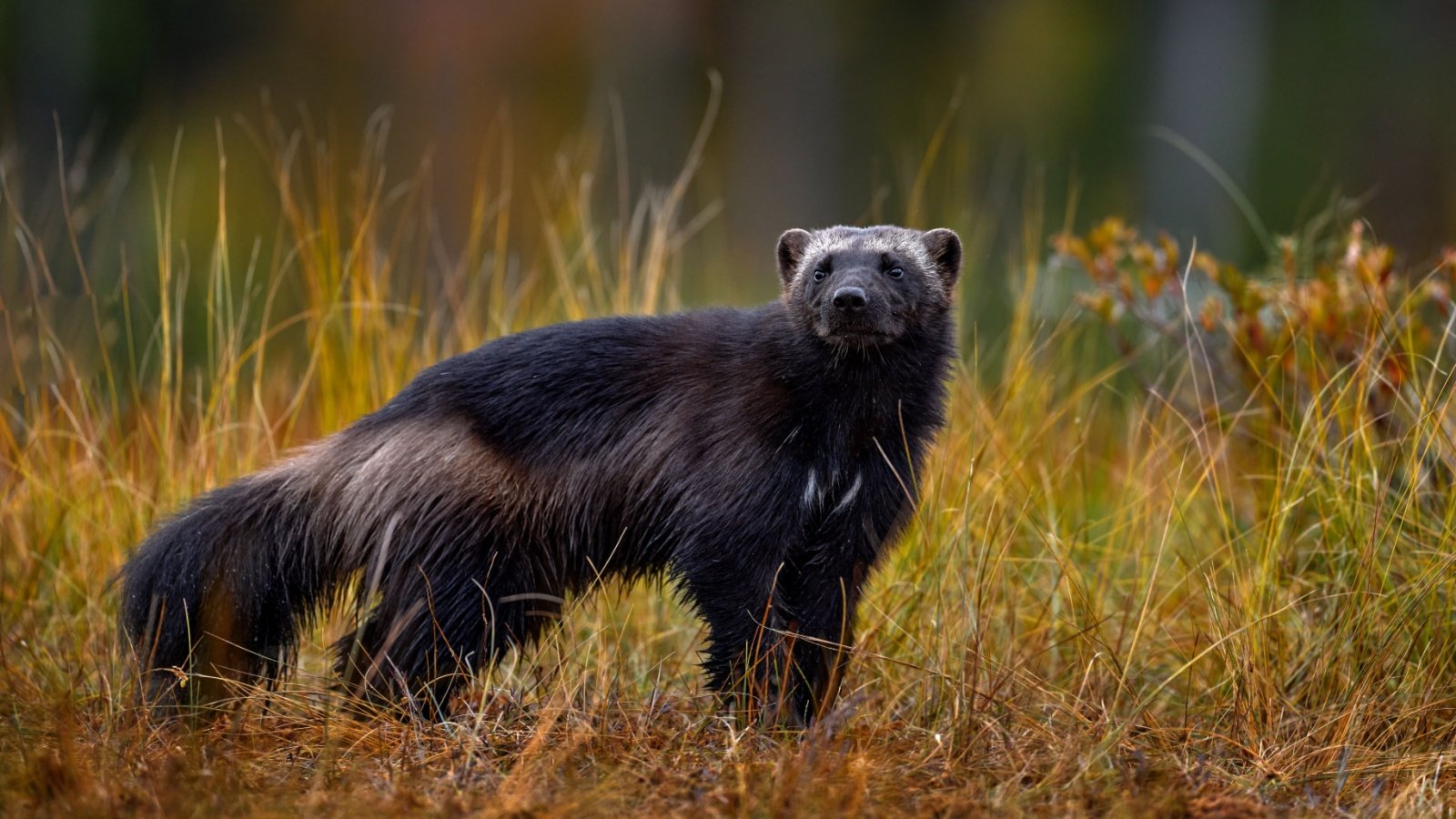
Strong and tenacious, the wolverine has a reputation as a fierce predator. However, it is usually quite timid around humans and prefers to avoid confrontation. Wolverines are curious creatures that play an important role in their ecosystem by controlling smaller mammal populations.
Hippopotamus
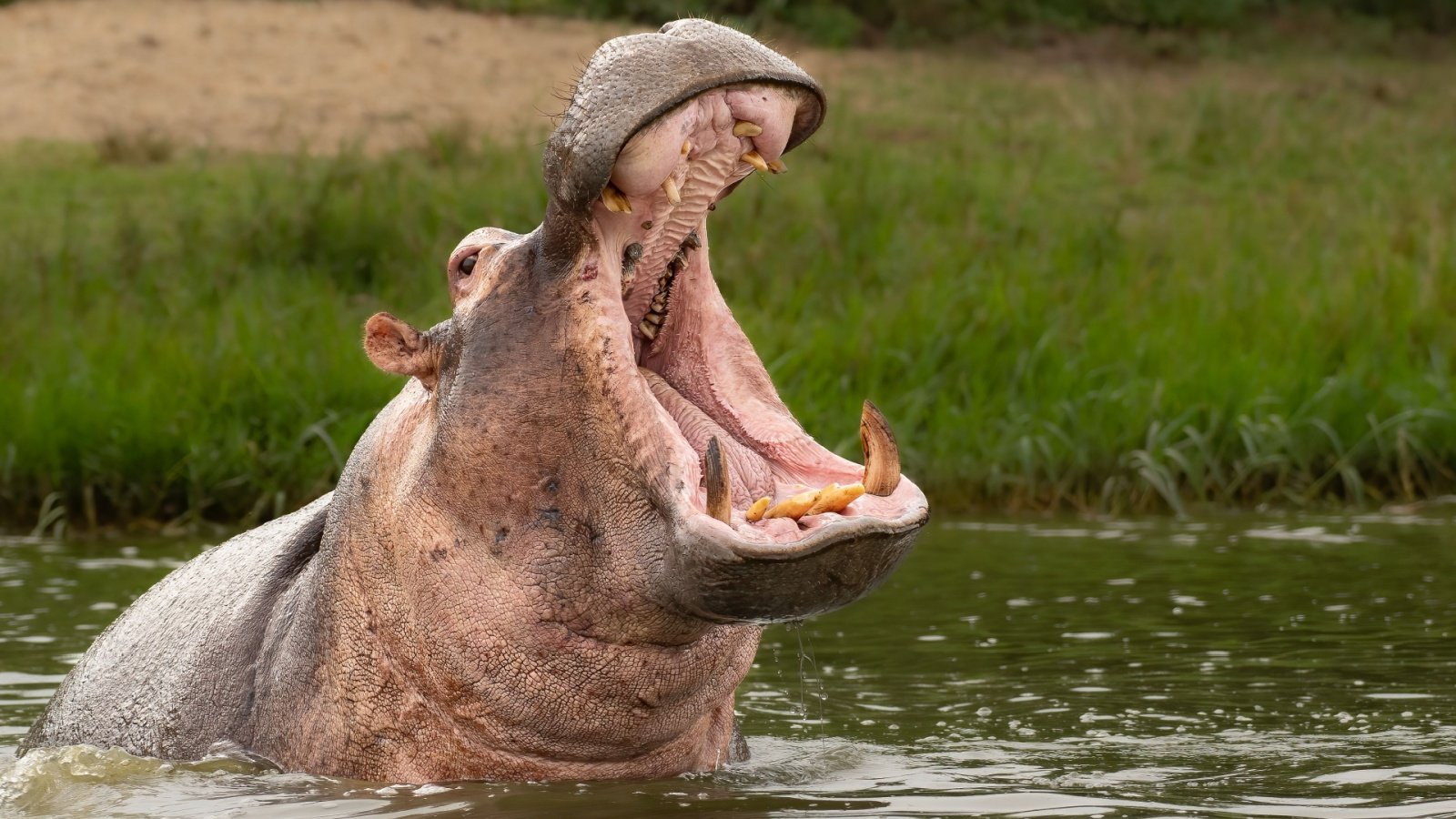
While hippos are one of the most dangerous animals in Africa, they are generally placid if left undisturbed. They spend most of their time in the water, lounging with their herd. Observing a hippo in its natural habitat, one would see a creature more interested in relaxing than charging.
Sloth Bear
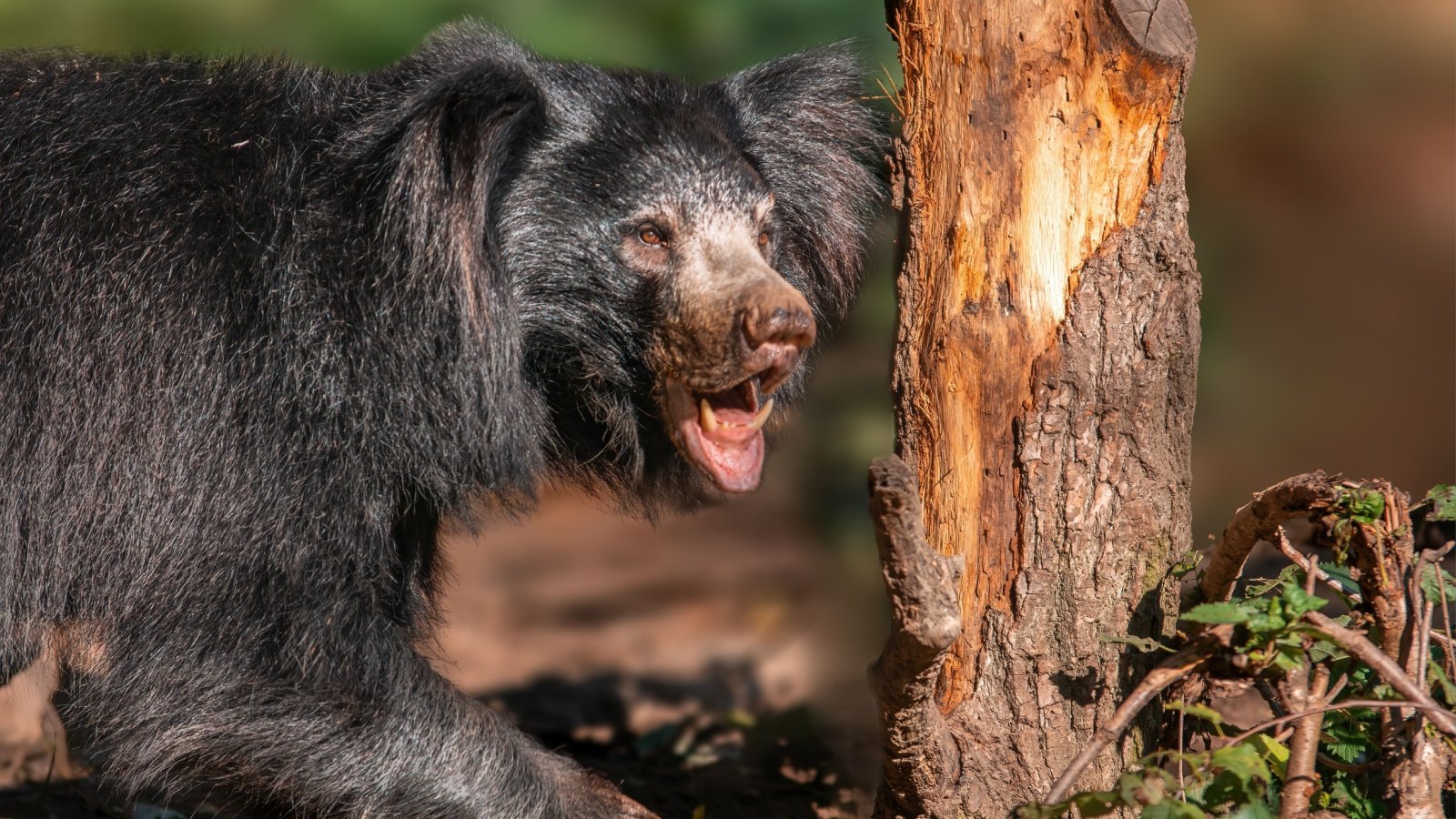
Sloth bears might look intimidating with their shaggy fur and long claws, but they are largely insectivorous, using their claws to dig into termite mounds. They can be protective of their cubs but are otherwise not interested in humans. These bears are more goofy than scary when observed in the wild.
Frilled Shark

The frilled shark, with its prehistoric appearance and rows of needle-like teeth, is rarely seen by humans as it lives in the depths of the ocean. Its diet consists mostly of squid and small fish, capturing them with sudden lunges. Despite its dragon-like appearance, it poses no threat to us.
Sunda Colugo

Also known as the flying lemur, the Sunda colugo has a somewhat ghostly appearance with its huge eyes and expansive gliding membrane. These creatures are extremely gentle and feed primarily on soft fruits and leaves. They glide quietly through the forest, hardly ever interacting with humans.
Star-Nosed Mole
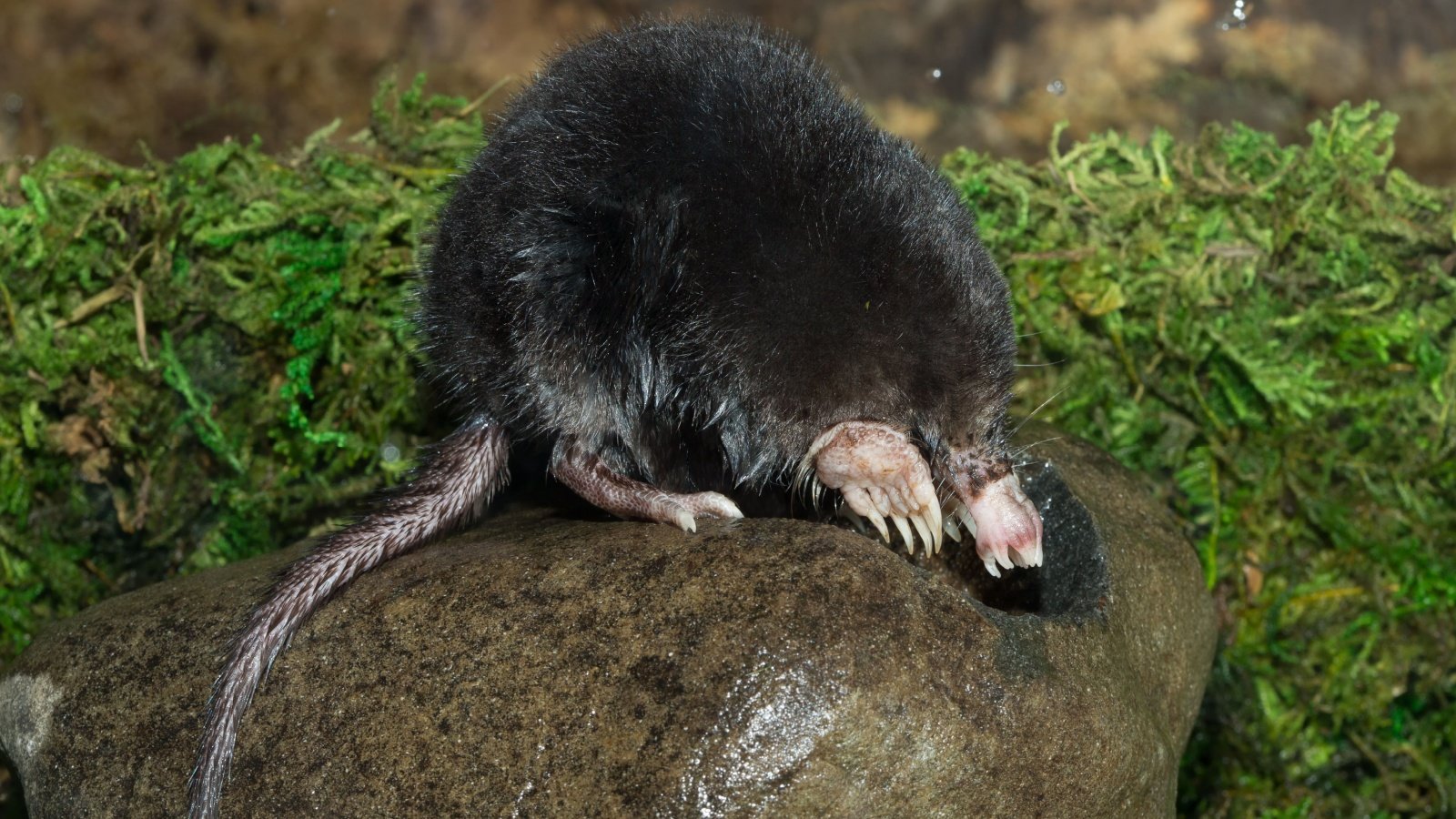
The star-nosed mole may look alien with its unique, tentacle-like nose, but it’s completely harmless. This organ is highly sensitive and helps the mole find food under the ground. These moles spend most of their lives in solitude, digging tunnels and avoiding human contact.
Axolotl
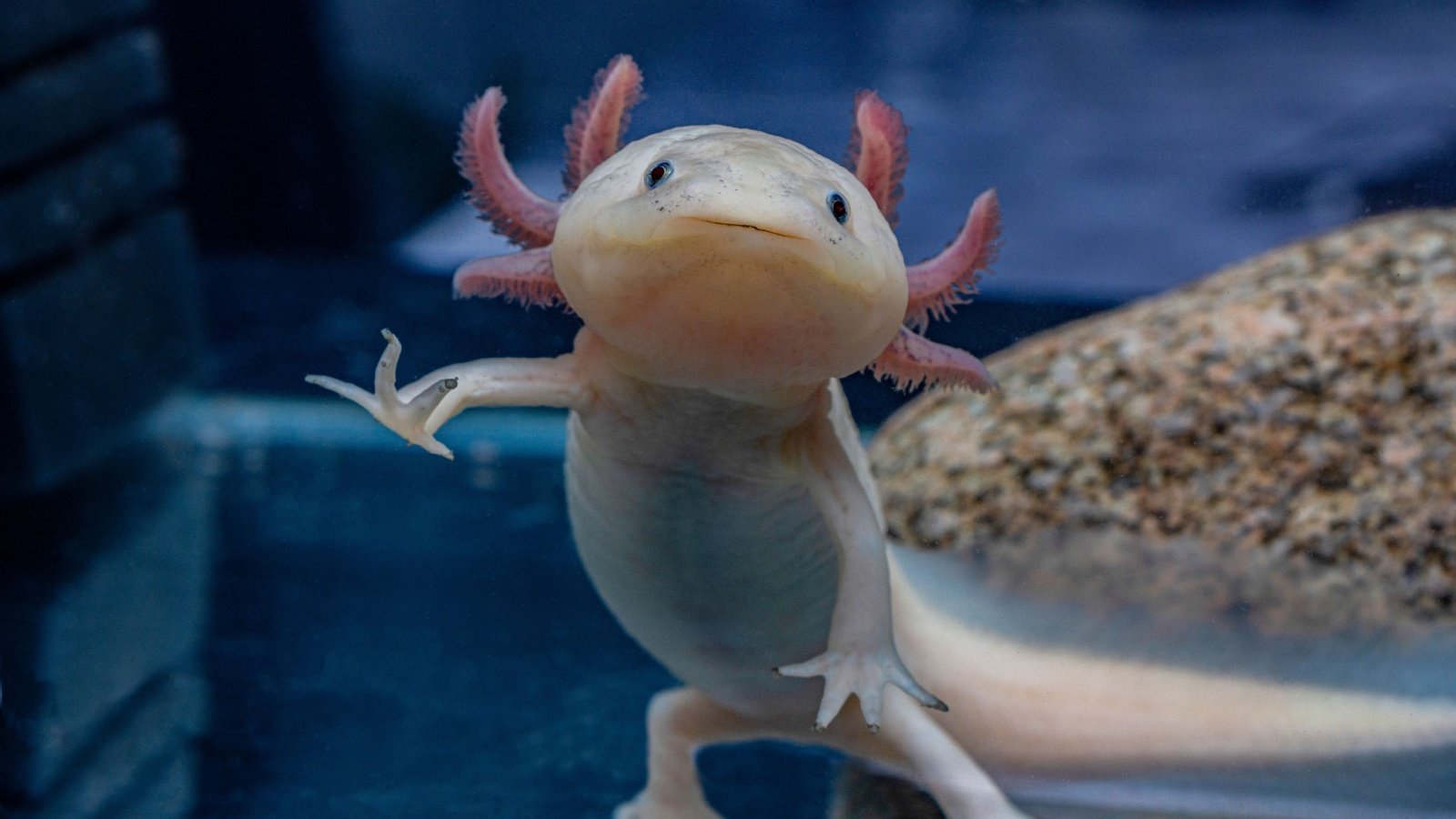
Axolotls might seem strange with their wide mouths and external gills, but these salamanders are friendly and curious in nature. They are popular in the aquarium trade due to their docile behavior and fascinating regenerative abilities.
Proboscis Monkey
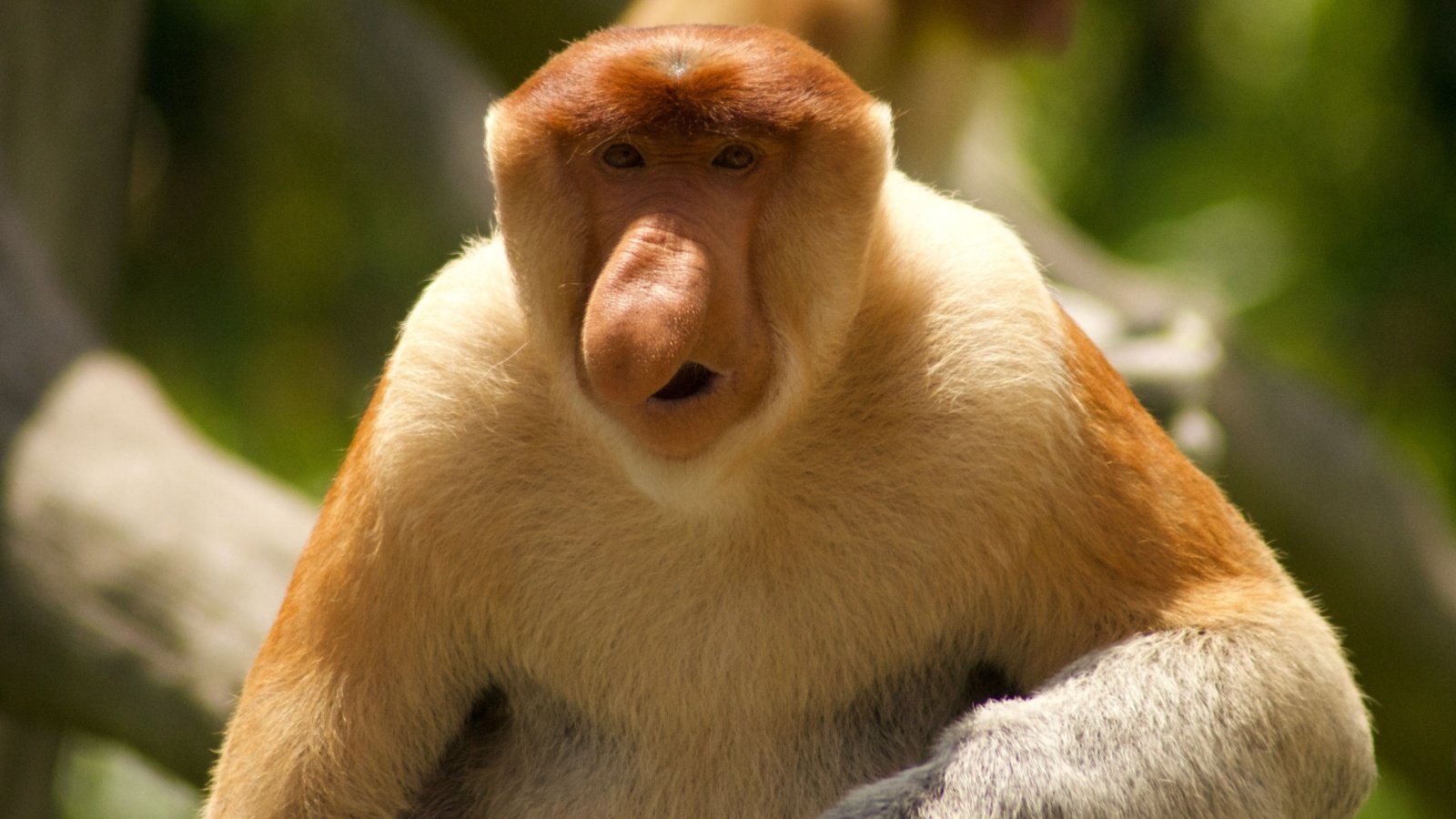
The proboscis monkey, with its large nose and pot belly, may look comical rather than scary. These monkeys are peaceful creatures, living in organized social groups along riverbanks. Watching their playful interactions and clumsy swimming can be quite entertaining.
Oarfish
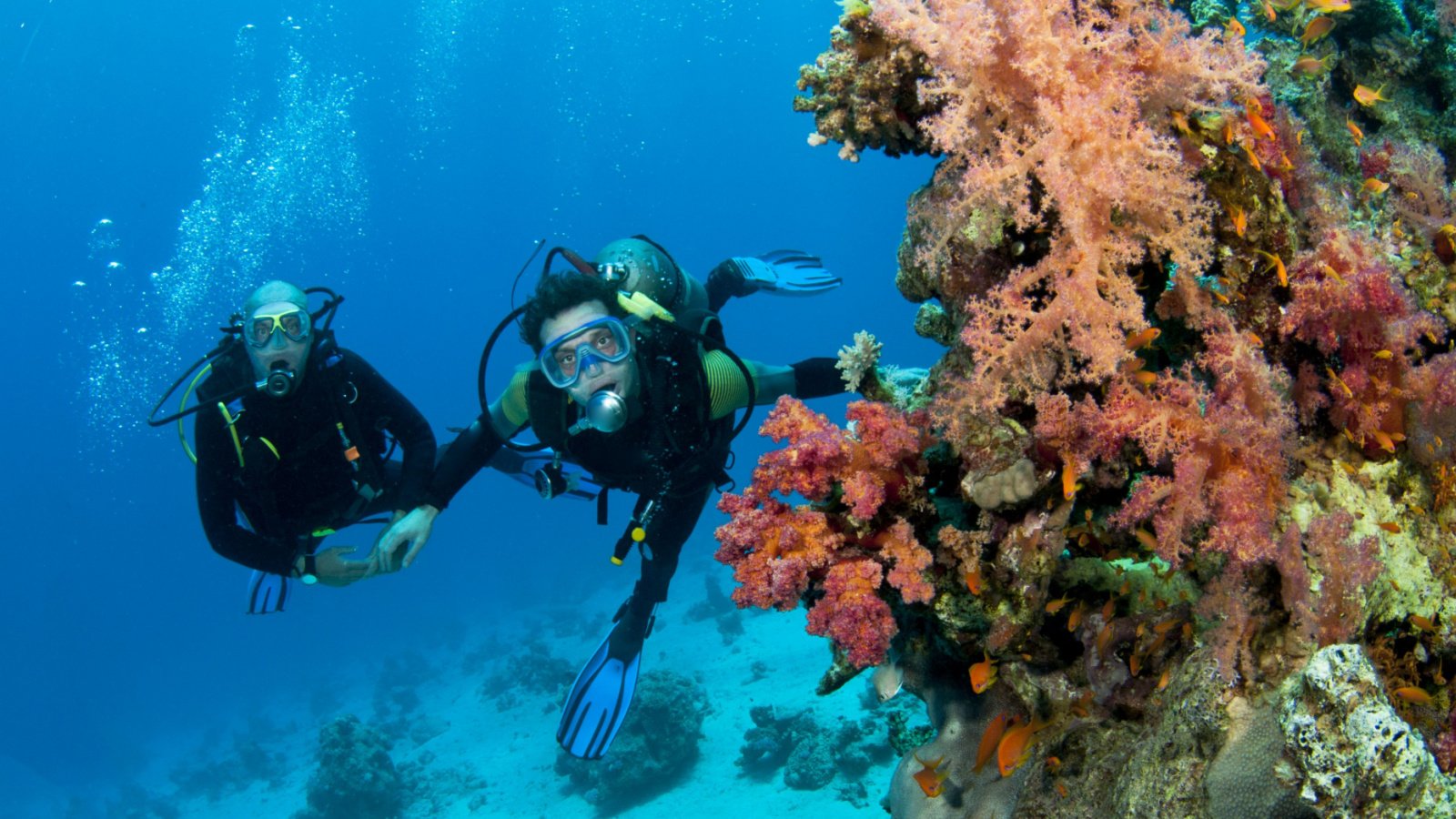
Oarfish are massive, serpentine sea creatures that rarely come to the surface, leading to sea-serpent myths. They are actually benign giants that pose no threat to humans, feeding on tiny plankton. Their rare appearances near the surface are more of a treat than a terror.
Mata Mata Turtle
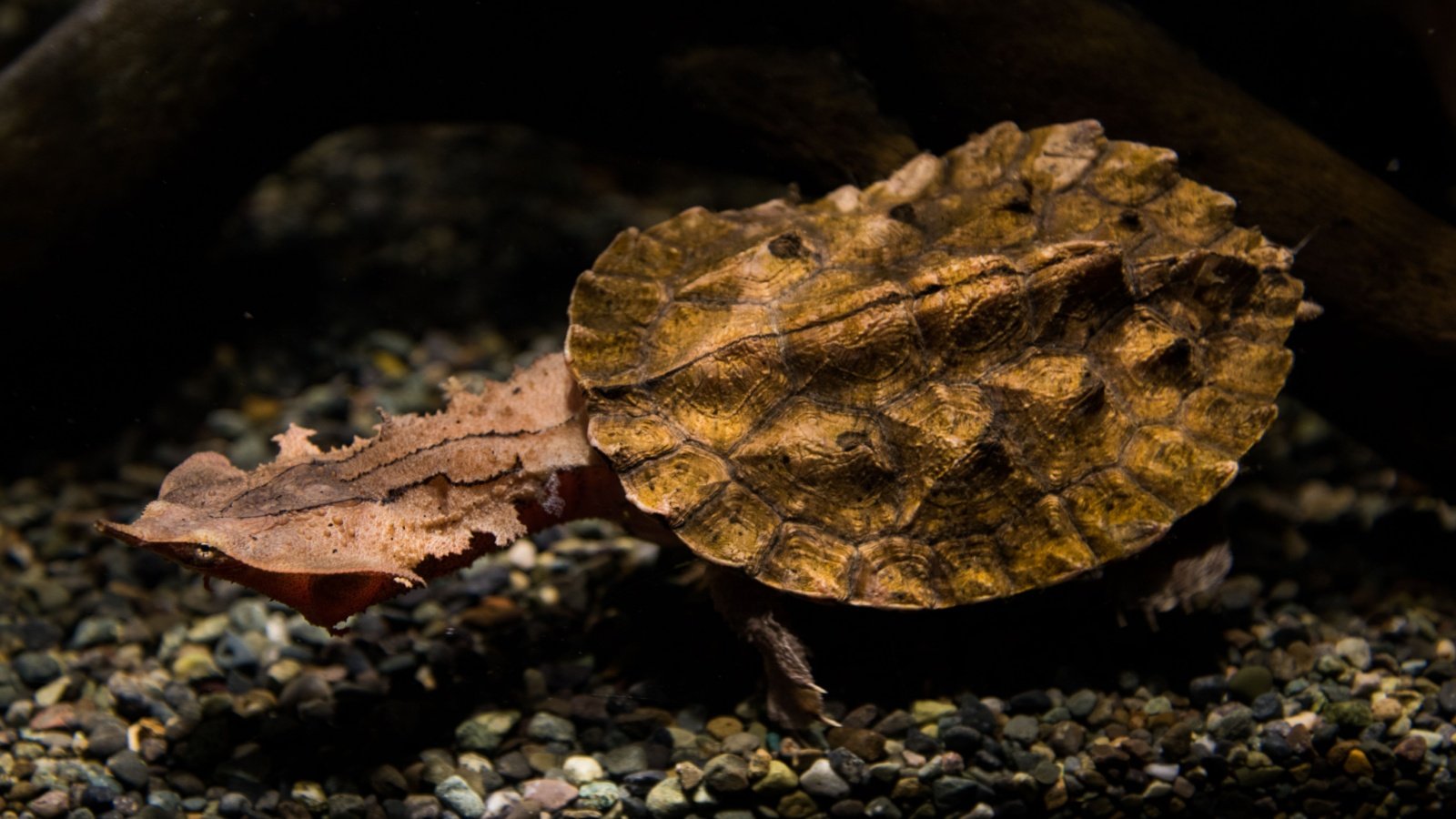
With its knobby, muddy shell and sharp, pointed face, the mata mata turtle looks like a piece of driftwood come to life. This aquatic turtle is a master of disguise, not danger, using its appearance to catch unsuspecting fish. They are completely harmless to humans and prefer to stay motionless, blending into their surroundings.
California Condor

The California condor may have a stark and somewhat intimidating appearance with its bald head and massive wingspan. However, these birds are scavengers, feeding on carrion and playing an important role in the ecosystem by cleaning up dead animals. They are more interested in finding their next meal than interacting with humans.
Lamprey

Lampreys are jawless fish with a toothed, funnel-like sucking mouth, which can appear quite frightening. They primarily feed on the blood and body fluids of other fish, not humans. Despite their vampire-like feeding habits, lampreys are fascinating creatures critical to marine biodiversity.
Snapping Turtle

Snapping turtles may look menacing with their powerful beaks and thick, scaled tails, but they mostly want to be left alone. They can be aggressive if threatened but will generally avoid human interaction unless provoked. In the water, they are graceful swimmers and prefer to flee rather than fight.
Horseshoe Bat
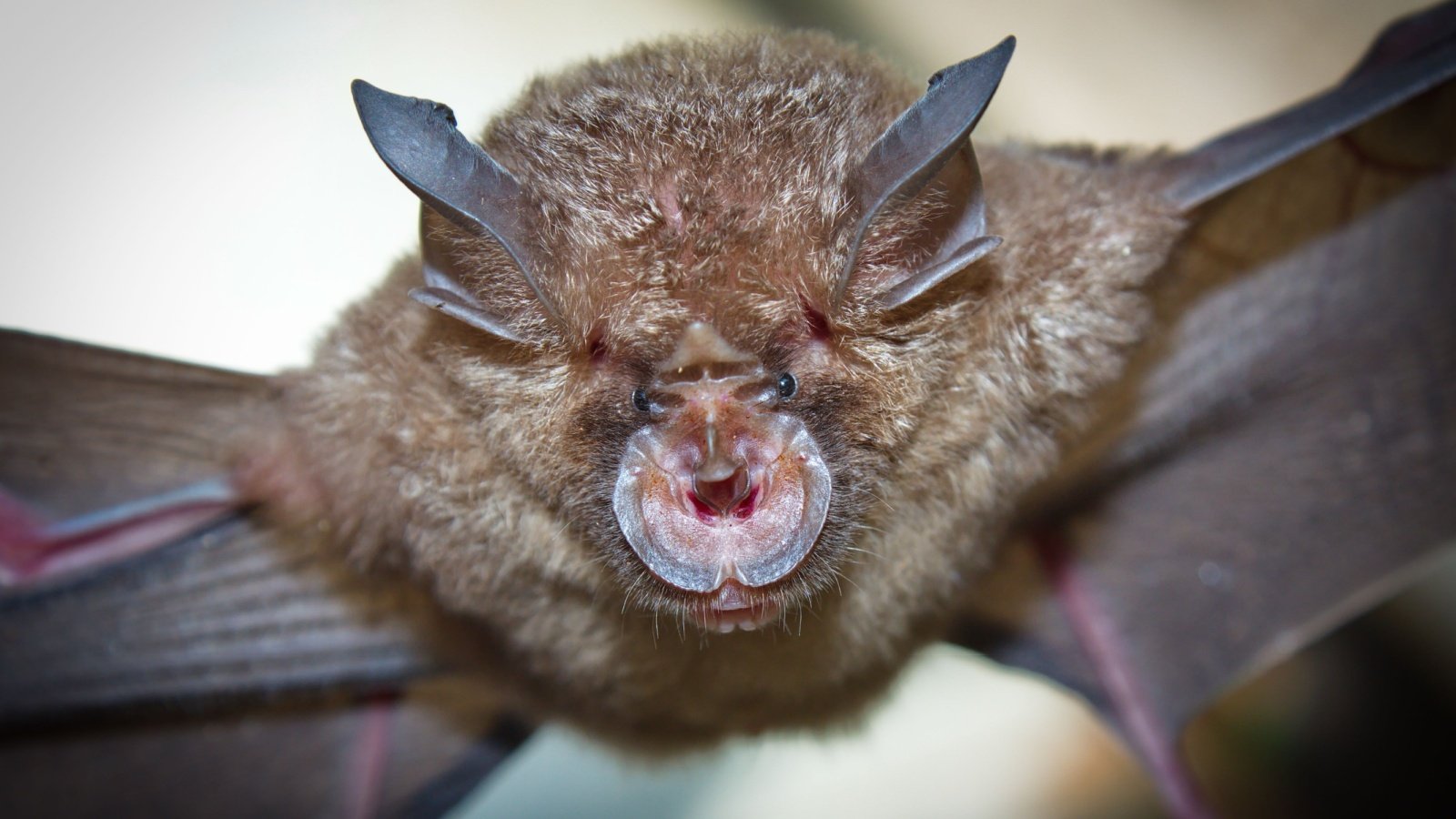
The horseshoe bat, with its distinctive, complex nose structure, might look like something out of a gothic horror scene. However, these bats are crucial for controlling insect populations through their diet. They are incredibly shy and use their bizarre nasal appendages for echolocation.
Hagfish

Hagfish, with their slime-producing capabilities and elongated, eel-like bodies, can seem quite grotesque. This slime helps them escape from predators and not attack other creatures. They feed mostly on dead and dying fish, cleaning the ocean floors without ever posing a threat to humans.
Blobfish
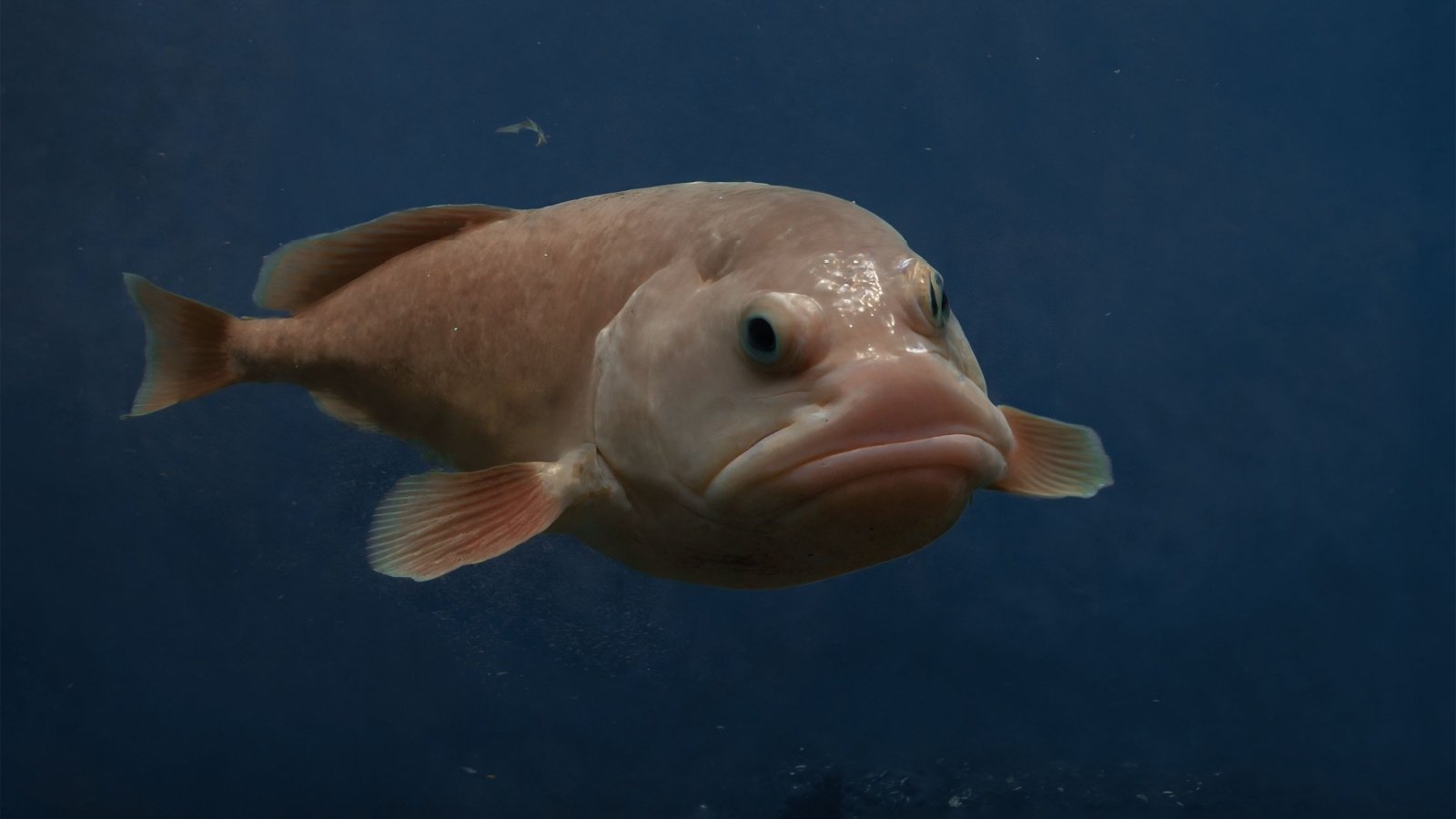
Often deemed the “ugliest animal,” the blobfish looks drastically different when it is in its natural high-pressure deep-sea environment. In the deep sea, its gelatinous appearance is actually quite functional, allowing it to float above the sea floor without expending energy. The blobfish is completely harmless and spends its time passively feeding.



